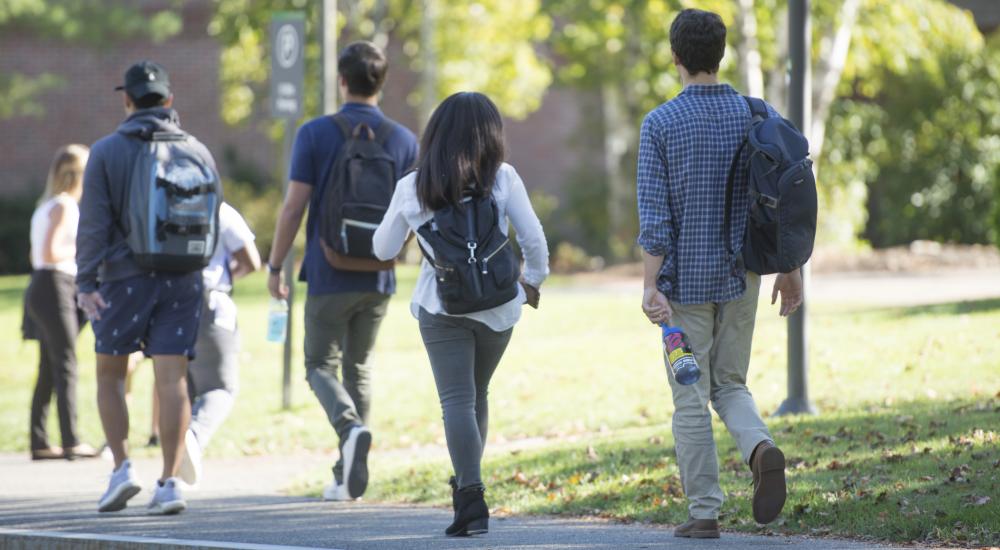Safety on Campus: Busting Myths and Boosting Support

News headlines reporting on incidents of gun violence in the United States reach audiences throughout the world. These startling accounts help fuel fears about safety, a leading factor in deterring international students from studying in the United States.
“These shootings get attention—they’re devastating and dramatic,” says Katie Tudini, assistant vice provost and director for international student services at the University at Buffalo (UB).
“International students and their families think these incidents happen often on U.S. college campuses, but it’s really not the case,” she says. “We do a lot of myth busting—helping parents understand that though these incidences get a lot of attention, their quantity is quite low.”
Still, there is much work to be done to paint a more accurate picture. A 2018 IDP study of nearly 3,000 international students found that the United States ranked far behind Canada, New Zealand, Australia, and the United Kingdom—its top competitors for international students—in perceptions of safety. How can U.S. colleges and universities effectively, and transparently, address students’ and parents’ apprehensions around safety and violence before admissions decisions are made and throughout the academic experience?
Start Safety Discussions Before Students Arrive on Campus
In many cultures, parents have the final say on where their sons and daughters end up studying, so it is essential to acknowledge parents’ concerns and address them in admissions and marketing materials, as well as during recruitment trips abroad.
UB, for example, highlights its “Culture of Safety” on the institution’s international admissions site by providing information about the campus setting














